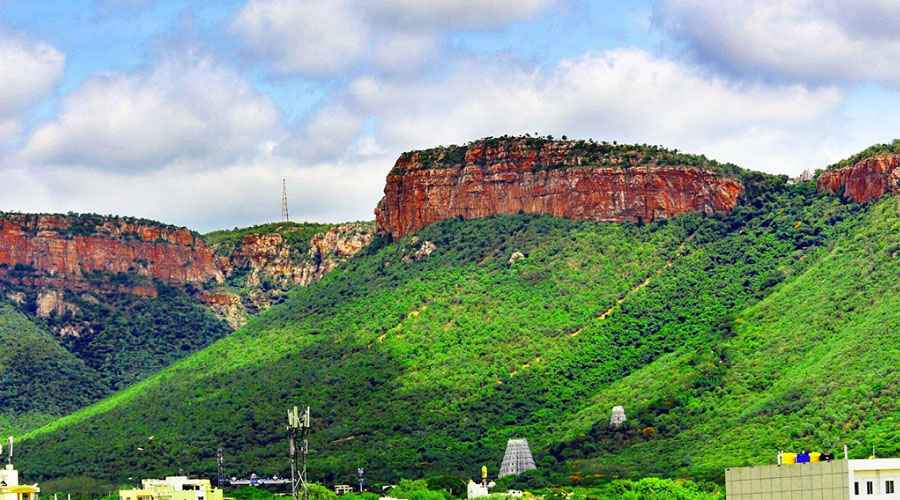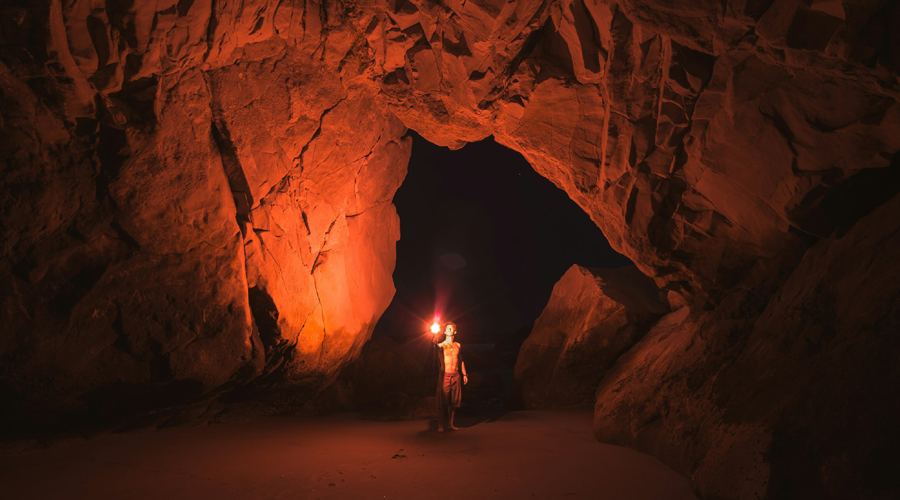The seven hills of Lord Venkateswara, also known as the Sapthagiri or Seven Hills of Tirupati, hold immense religious, mythological, and cultural significance in Hindu tradition. These hills form the sacred backdrop for the famous Venkateswara Temple located in Tirumala, Andhra Pradesh, and are believed to represent the divine abode of Lord Vishnu in his incarnation as Lord Venkateswara. The seven hills are named Seshadri, Neeladri, Garudadri, Anjanadri, Vrushabhadri, Narayanadri, and Venkatadri, each carrying its own mythological stories and spiritual symbolism.
The Name and Significance of the Seven Hills
The hills are collectively called Sapthagiri, meaning “seven peaks,” and are said to symbolize the seven heads of Adisesha, the divine serpent on whom Lord Vishnu rests. These hills represent the Saptarishi (seven sages) in Hindu mythology, emphasizing their sacredness and divine connection.
The hills are part of the Seshachalam range and stand at an altitude of approximately 853 meters (2,799 feet) above sea level. The Venkateswara Temple, one of the most visited pilgrimage sites globally, is situated on Venkatadri—the seventh peak—and is the focal point of spiritual devotion and pilgrimage.
Mythological Tales and Legends
The Legend of the Seven Peaks
According to Hindu mythology, the peaks are believed to symbolize the divine manifestations of Lord Vishnu’s divine qualities and stories. One popular legend states that these hills emerged from the divine serpent Adisesha, who took the form of the seven peaks to serve as Lord Vishnu’s throne and abode during Kali Yuga, the Iron Age.
Another story recounts that Adisesha, fatigued from a celestial contest, was instructed by Lord Vishnu to rest on Earth, choosing the location of Tirumala. The peaks are said to be the transformed heads of Adisesha, and each hill has a unique story linked to divine legends and local folklore.
The Hills’ Names and Their Significance
- Venkadri (Venkatadri): The hill of Lord Venkateswara, the presiding deity of Tirupati, and the most prominent among the seven.
- Naraynadri: Named after the sage Narada Muni, symbolizing devotion and divine service. It signifies the divine energy of Lord Vishnu.
- Seshadri (Seshachalam): Named after Adisesha, the celestial serpent, embodying eternity and divine support for Vishnu’s abode.
- Neeladri: Known as the hill of Neela Devi, who is believed to accept hair offerings from devotees, symbolizing the devotee’s surrender.
- Garudadri (Garudachalam): The hill of Garuda, Lord Vishnu’s divine vehicle, representing strength and vigilance. The legend states Garuda was granted a hill from heaven, symbolizing divine protection.
- Anjanadri: The birthplace of Lord Hanuman. Devotees believe Hanuman’s mother, Anjana Devi, performed penance here, making it a sacred site of devotion.
- Vrushabhadri: Named after the demon Vrushabhasura, a devout worshipper of Shiva, symbolizing victory over evil and devotion. It also signifies the triumph of good over evil.
Spiritual and Cultural Importance
The seven hills collectively form a spiritual landscape, each hill contributing to the divine aura of Tirumala. Pilgrims undertake treacherous treks to these hills and visit the Venkateswara Temple, which is regarded as the abode of Lord Vishnu himself.
The hills’ mythologies emphasize universal themes of devotion, divine support, victory over evil, and spiritual awakening. The legends also highlight the hills as the resting places of divine symbols and divine energy, making Tirupati a major spiritual hub.
Conclusion
The seven hills of Lord Venkateswara encapsulate a rich tapestry of mythology, spirituality, and cultural tradition. They are not only geographical features but also divine symbols representing the power, devotion, and legends associated with Lord Vishnu. Every hill has its own story, spiritual significance, and history, collectively affirming Tirumala’s status as a sacred pilgrimage destination that attracts millions of devotees worldwide each year.



